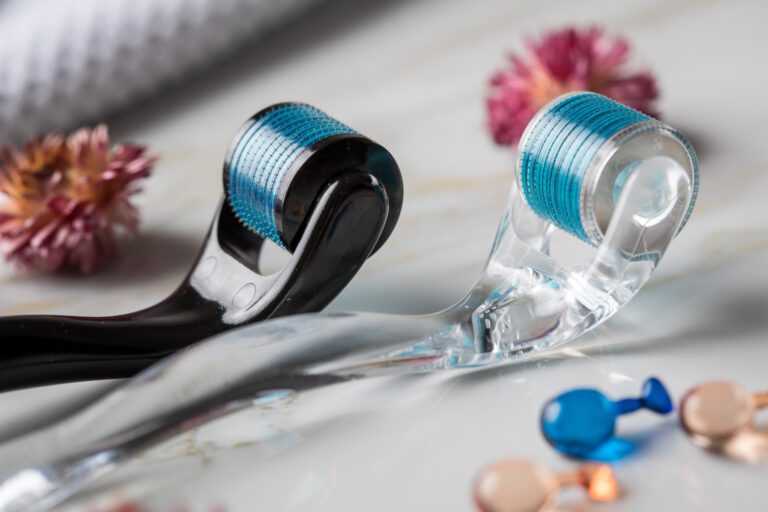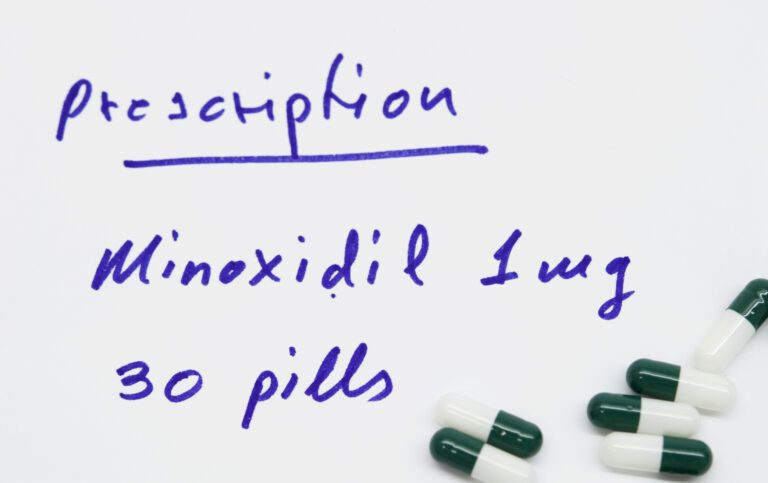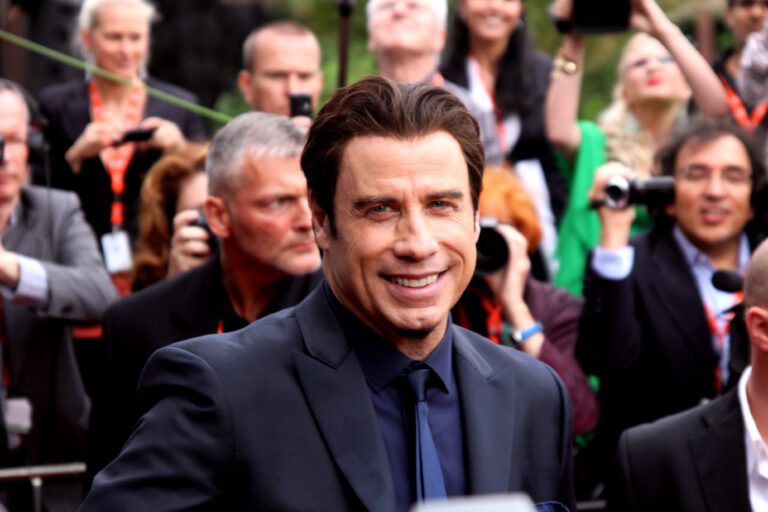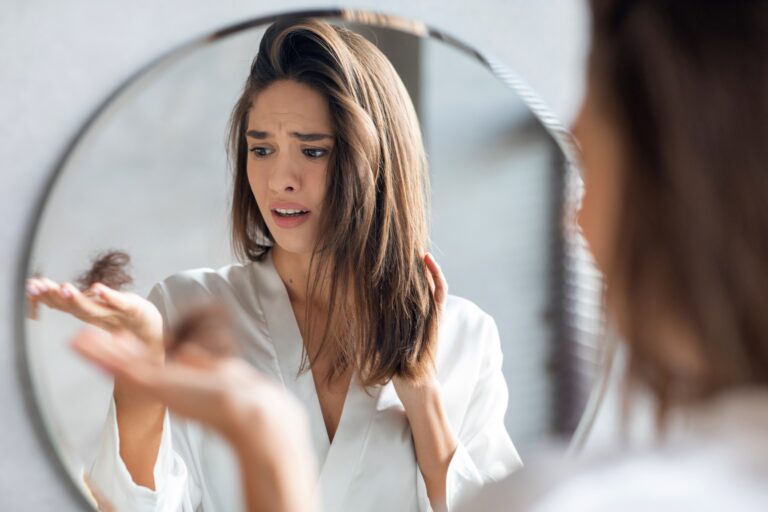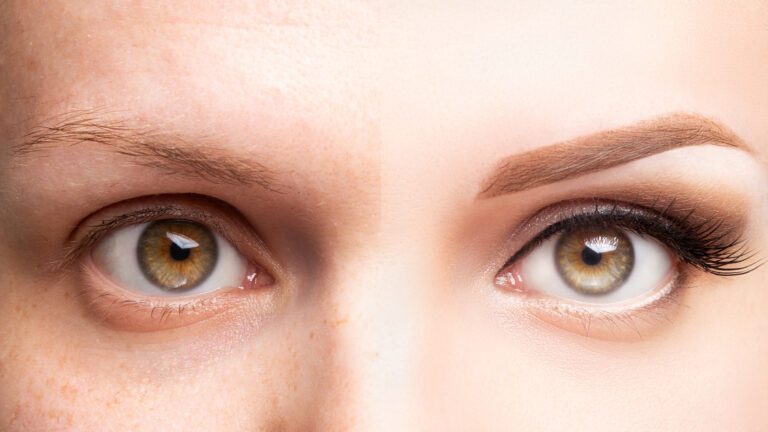A Comprehensive Guide to Non-Surgical Hair Replacement
Looking for a non-invasive solution to your hair loss problem? It’s understandable; surgical hair loss treatment is costly, exposes you to potential post-surgery complications, and takes so much time for your scalp to recover.
That’s why non-surgical hair replacement has taken the market by storm. These options are affordable compared to hair transplants, are pain-free, and don’t have a recovery period.
Below, we’ll dive into popular non-surgical hair replacement methods, from hair systems and scalp pigmentation to Minoxidil, Finasteride, and others.
After reviewing each one’s pros and cons, it should be easier to decide which type of hair replacement works best for you.
Option 1: Minoxidil
Whether it’s in the form of a foam or a solution, Minoxidil (Rogaine) is one of the most effective hair restoration options. It’s great for dealing with male pattern baldness, as it helps promote hair growth on your scalp.
Application is easy, too. Just follow the instructions included with the product, which will likely involve massaging the solution into a clean, dry scalp once or twice a day.
The good news is you’ll start to see a tangible impact on your hair’s volume within two months of use. Four to six months is when you should see the best results.
Pros
- Suitable for treating or slowing down several types of hair loss in men and women
- Budget-friendly compared to other non-invasive hair restoration solutions
- Can be bought without a prescription
- Simple to use without expert help
Cons
- Doesn’t work in certain cases (if you’re completely bald, have patchy or unexplained hair loss, etc.)
- May cause scalp irritation or itchiness
- Not recommended for pregnant or breastfeeding women
- Might not show desirable results for people over 40
- Not a cure for hair loss (if you stop using it, you’ll probably go back to shedding hair)
Best Candidates
Those with pattern baldness or alopecia areata will likely find the best results with Minoxidil.
To boost its effectiveness further, consider pairing it with topical tretinoin (Retin-A).
Cost
The price of Minoxidil will vary from one brand to another, with Rogaine products being around $30 to $40.
Other brands tend to cost lower, usually $15 to $20.
Option 2: Finasteride
Finasteride is another product you may use for alopecia. However, unlike Minoxidil, which is for external use, this medication is more widely available as oral tablets.
A 5-alpha reductase inhibitor, Finasteride helps you battle your hair loss by increasing hair growth on your scalp.
Finasteride is a long-term hair replacement method, so you’ll have to be patient if you decide to take these tablets solely for hair loss.
Pros
- A fantastic supplement to take with other hair loss treatments
- No hassle with application, showing up for appointments, buying special equipment, etc.
- Results typically show in only three months of use
- An FDA-approved medication for men
Cons
- May not be suitable for pregnant or breastfeeding women
- Has potential side effects like allergic reactions, breast tissue changes, and a decreased libido
- Requires a prescription
- Doesn’t help with a receding hairline
Best Candidates
While Finasteride can help stop or slow down alopecia in all people, it shines best if you take it within five years after discovering your hair loss problem.
The rule of thumb here is that the earlier, the better. If you wait too long, you may still experience significant hair loss.
Cost
Finasteride is even more affordable than Minoxidil, costing you less than $10 for 30 tablets!
Option 3: Low-Level Laser (or Light) Therapy (LLLT)
LLLT involves exposing the scalp to certain wavelengths of light to stimulate the growth of epidermal stem cells in hair follicles. This form of therapy is available in a laser cap that you can buy and use at home or do sessions at a specialized clinic.
What’s more, a PMC study has proven that low-level light therapy is a safe and effective way to boost hair growth when combined with Minoxidil or Finasteride. But the downside is that it isn’t helpful in severe or advanced hair loss.
Pros
- At-home laser caps are user-friendly and convenient to wear while doing chores, watching TV, etc.
- Pain-free and no worries of redness, itching, or general discomfort
- Sessions range from six to 30 minutes
Cons
- Doesn’t promote hair growth in complete baldness or advanced hair loss
- One of the most expensive non-surgical hair replacement options
- Takes up to six months until you start seeing results, which requires commitment
Best Candidates
If you suffer from any of the following, you may have a shot using a laser cap for hair restoration:
- Mild to medium-intensity hair loss
- Hair thinning
- Male pattern baldness
- Alopecia
- Female pattern hair loss (androgenetic alopecia)
Cost
LLLT is quite pricey, as the laser cap for home use can cost you $1,000 to $3,000, depending on the brand.
However, one session at a clinic may require you to pay a roaring $3,000, and you may have to go back for another one in six months. While these sessions are more effective than home solutions, the prices might be too much for some.
Plus, your dermatologist might combine your laser sessions with other hair loss products like Minoxidil, increasing the overall cost.
Option 4: Platelet-Rich Plasma Therapy (PRP)
If you don’t mind the hassle of booking appointments and taking the trip to a hair clinic, we highly recommend you try platelet-rich plasma therapy.
In PRP sessions, a beauty technician separates the platelet-rich plasma from your own blood and injects it into areas of your scalp that could use more hair. While injections may be uncomfortable for some, PRP is still a far cry from transplants.
The best thing about PRP is that it actively tackles your hair loss problem, waking up those dormant hair follicles!
Pros
- Zero risks of allergies since PRP uses your blood
- Improves the health of existing hair and helps increase its volume
- Considered a natural form of hair replacement
- A cost-effective method compared to LLLT
Cons
- Not good for advanced hair loss
- Won’t work without functioning follicles
- May not be suitable for people with blood disorders, chronic skin infections, or dermatological diseases
Best Candidates
PRP can be a fantastic option if you’re in the early stages of hair loss, have thinning hair, or are left with small patches of hair loss over your scalp.
Cost
The cost-effectiveness of PRP is unrivaled. Its low price, compared to LLLT or getting a transplant, is because it uses materials from your own body.
You’ll likely need to pay around $400 per session. But you’ll have to do three sessions within six weeks initially and then repeat that twice a year to maintain the effects of your injections.
This amounts to $9,200 if you keep going for ten years, which is way less than the other two procedures in the same amount of time!
Option 5: Scalp Micropigmentation (SMP)
This hair restoration method is an illusion, much like microblading. In SMP, an electric tattoo device creates dots in areas of your scalp affected by hair loss.
The final product appears like having parts of your head closely shaved.
Pros
- Suitable for all sorts of hair loss
- Less invasive than injections
- Looks realistic, especially if you have existing hair where the inked dots can blend in
- Takes a very long time (four to six years) before needing a top-up once you finish your sessions
Cons
- May be a bit uncomfortable or painful (depends on your pain tolerance)
- Not a good fit for people with scalp acne and skin conditions like psoriasis or those prone to getting keloids
- SMP artists don’t have special training or certifications, so searching for a reputable SMP expert needs time and patience
Best Candidates
SMP works for all types of hair loss, like male and female pattern baldness, thinning hair, and alopecia. Even some people who are completely bald might try this treatment to get a military-style shaved head.
Individuals suffering from cancer could benefit from this hair replacement method, too, to cover exposed parts of their scalps.
Cost
An SMP session typically costs between $400 and $1,000. Still, this form of hair replacement is considered cost-effective because it takes years before you need to redo it.
The reason is that the ink will fade over time since the skin naturally exfoliates itself every 28 days.
Option 6: Derma Rolling
Using a derma roller at home is similar to getting a microneedling session, which has been proven to promote hair growth. When you create those tiny tears in your scalp, you alert the brain to start the healing process.
This, in turn, encourages blood circulation and enables more collagen to reach the area affected by hair loss. If you want the best results, we recommend using Minoxidil in tandem with derma rolling.
Pros
- An affordable at-home solution for certain cases of hair loss
- Simple to use as long as you follow the instructions provided by your dermatologist
- Actively works on your hair loss issues
- May influence the health of existing hair
Cons
- Using a derma roller on the back of your head can be awkward
- Might be uncomfortable for people with low pain tolerance
- Has some side effects like irritation, swelling, and stinging
- Not recommended if you have skin conditions or a history of blood clots
Best Candidates
Derma rollers are a well-regarded approach for anyone seeking a convenient and budget-friendly solution to hair loss.
But they shine best when you use them with Minoxidil or Finasteride, especially when you tackle your hair loss early.
Cost
The market is teeming with derma rollers at different price points based on the needle size and material.
You may find derma rollers for as low as $10 to $20.
Option 7: Hair Systems
While they resemble wigs, hair systems are far superior because they’re semi-permanent. Each hair unit consists of a mesh fabric or polymer base with natural human hair or synthetic hair.
To wear a hair system, apply tape or adhesive to the base and put it on your scalp so that it aligns with your hairline.
Pros
- Easily attachable at home or using expert help
- A solid choice for all types of hair loss since it covers whichever part of your scalp you prefer
- Instant results with no downtime
- No worries about complications related to injections, allergic reactions, etc.
- Affordable upfront costs compared to transplants
- Easily reversible
- Undetectable if you pick one with the same color and texture as your hair
- Wearable in the shower, while asleep, in the gym, and when swimming
Cons
- Replacement and maintenance costs add up over the years
- Not a cure for hair loss
Best Candidates
Anyone with a hair loss problem can use the help of the right hair system, including people who have:
- Cicatricial alopecia
- Anagen effluvium
- Male and female pattern baldness
- Alopecia areata
Cost
The most affordable hair system can be around $100, but you’ll usually find prices ranging from a few hundred to a couple thousand.
Option 8: Hair Fibers
Hair fibers use the same principle as hair systems as they don’t stop hair loss but rather mask any bald spots on your scalp. They’re available as standalone fibers made of keratin, which you use by blending them with your existing hair to give it a fuller appearance.
While it might take you some practice to style those fibers so they’ll look natural, once you do, you’ll discover a world of possibilities!
Pros
- More natural-looking than wigs and hair systems when applied correctly
- Perfect for all forms of hair loss
- Many color options to find one that matches yours
- Straightforward to apply and remove
Cons
- They only conceal bald spots without solving your hair loss problem
- Need some practice with styling
- Not suitable for swimming or showering
Best Candidates
Whether you have thinning hair, alopecia, male/female pattern baldness, or hair loss due to pregnancy or breastfeeding, hair fibers can be a lifesaver!
Cost
Hair-building fibers range from $20 to $70 per container.
The Bottom Line
If you don’t want to take the hair transplant route, non-surgical hair replacement methods are pain- and hassle-free alternatives.
Based on your budget and preferences, you can consider attaching a hair system, using Minoxidil, or taking Finasteride tablets.
Or, there’s the option to conceal bald areas with hair fibers, use a derma roller, try PRP, or give low-level laser therapy a shot.


